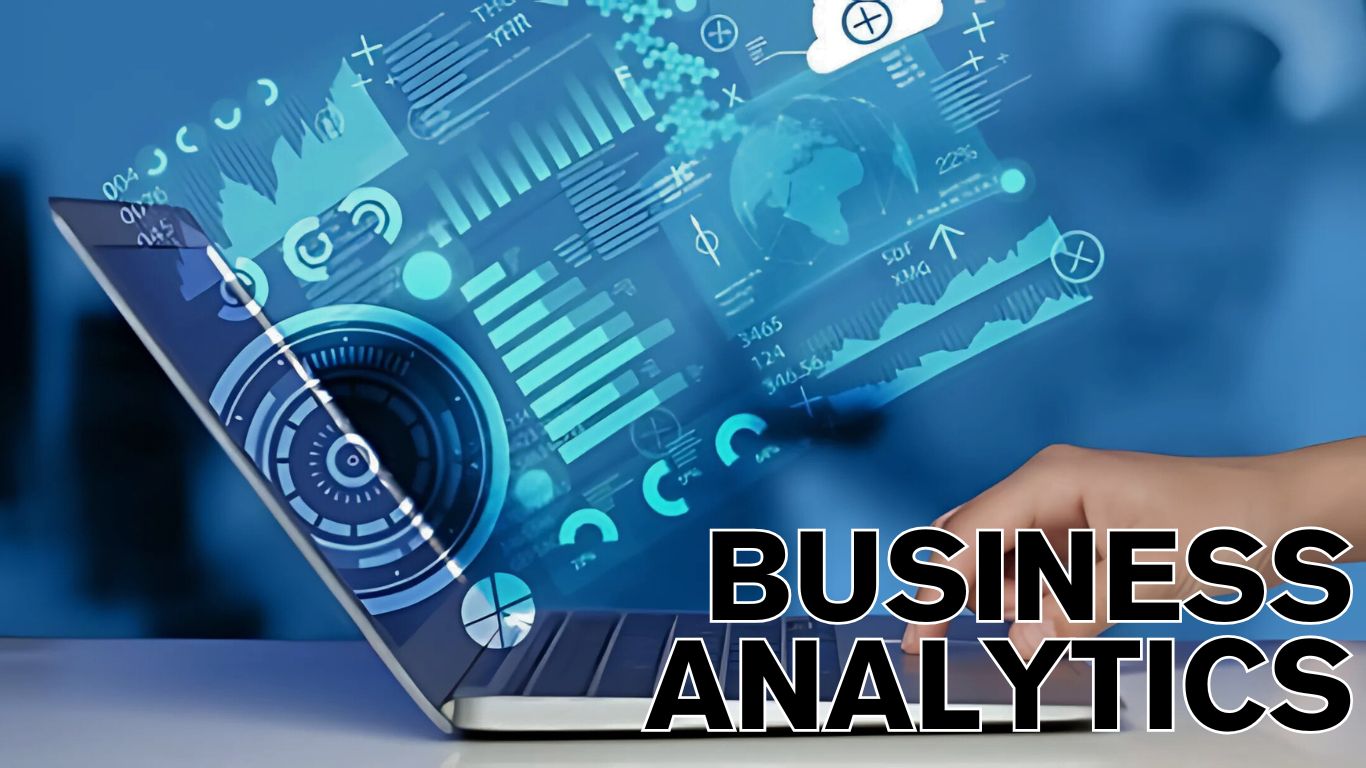
Overview
The Business Analytics concentration blends business knowledge with the ability to extract, clean and analyze data. Many companies are collecting extraordinary amounts of data through operations.
The ability to understand this data requires the combination of three skills: computer programming, statistics, and business.
This concentration provides basic programming skills to work with data, statistics to understand it and modeling skills to determine what it means for a business.
Program Structure
In addition to the 24 credit-hour MBA core curriculum, a concentration in Business Analytics requires completion of the course work below.
A concentration shall include at least nine (9) credit hours. The Business Analytics concentration includes fifteen (15) credit hours.
| Course Number | Course Title |
Description |
Credits |
| ECON 8300* | Econometrics |
The study of the underlying assumptions, techniques and applications of single and multiple equation regression analysis in economics. Prereq: Basic Statistics, ECON 8306/ECON 4300, or permission. Not open to non-degree graduate students. |
3 |
| ECON 8306 | Quantitative Applications in Economics |
The study and application of modern quantitative techniques to problem-solving in economics and business. Prereq: ECON 2200 and ECON 2220, or BSAD 8180. |
3 |
| ECON 8310 | Business Forecasting |
This course includes a comprehensive survey of forecasting methods and in-depth study of selected techniques most commonly used in business environments. Emphasis is given to applications and therefore students will be required to develop forecasting models and test their performance as part of the course. Prereq: Graduate. One semester of Statistics. |
3 |
| ECON 8320 | Tools for Data Analysis |
This course will cover basic principles of programming languages, as well as libraries useful in collecting, cleaning and analyzing data to answer research questions. The course will utilize basic Economic principles and Econometric methods as inspiration for assignments and projects throughout the duration of the course, and will do so in a way that is accessible to non-Economists. This course is intended to introduce the student to the Python programming language as a tool for conducting data analysis. While the course uses Python, the student should be able to move to other languages frequently used in data analysis using the principles taught in this course. Prereq: ECON 2200 or BSAD 8150 (or equivalent); BSAD 2130 or equivalent; or instructor approval. |
3 |
| ECON 8330** | Data Analysis from Scratch |
Econometrics is routinely taught as an application class - using a 'black box' like Stata or SAS to perform calculations. This class takes a different approach. Using the Python programming language, we build all estimators from scratch. Additionally, we introduce numerous non-parametric and simulation techniques. This approach to econometrics results in a stronger understanding of statistical assumptions and methods, a better understanding of when a method is appropriate, and stronger programming techniques. Furthermore, a deeper understanding of the underlying mechanics provides the student the ability to program custom procedures not already built into popular software packages. Prereq: Either: 1. A multivariate or regression analysis course such as ECON 8300, ISQA 9130, or STAT 8436 2. A programming class such as ECON 8320 or equivalent programming experience OR 1. Instructor approval. |
3 |
|
*ECON 8300 Substitutes BSAD 8700 **ECON 8330 Substitutes BSAD 8800 |
|||